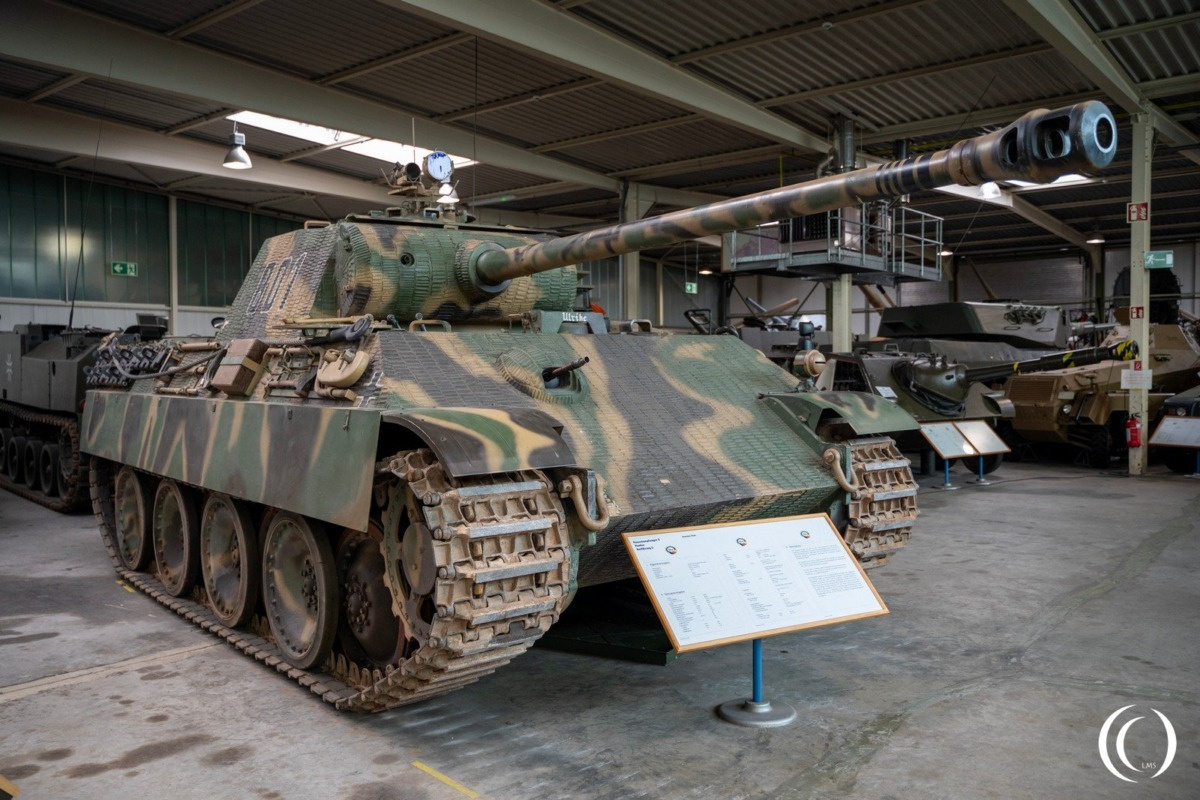
The final and most refined variant of Germany’s Panther tank series in World War II was the Panzerkampfwagen V Panther Ausf. G (Late Version) was. Introduced in 1944, it featured numerous improvements based on battlefield experience.
Key Features
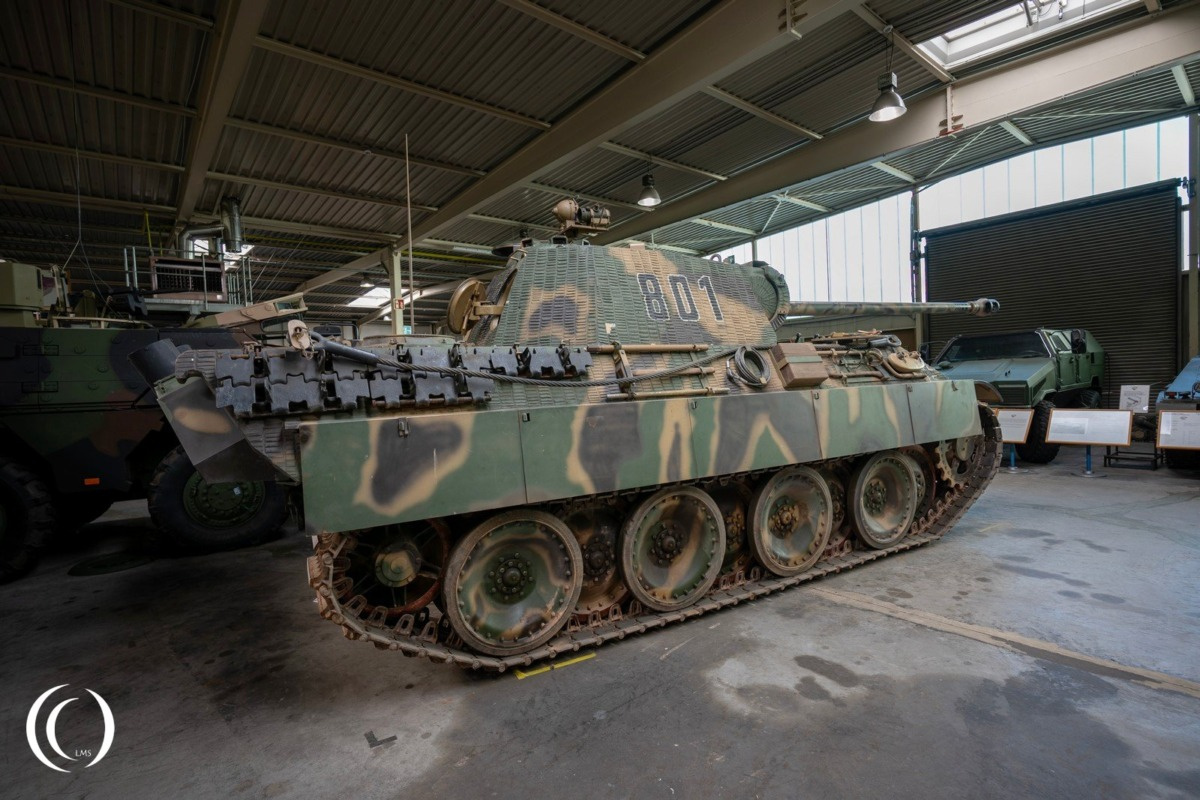
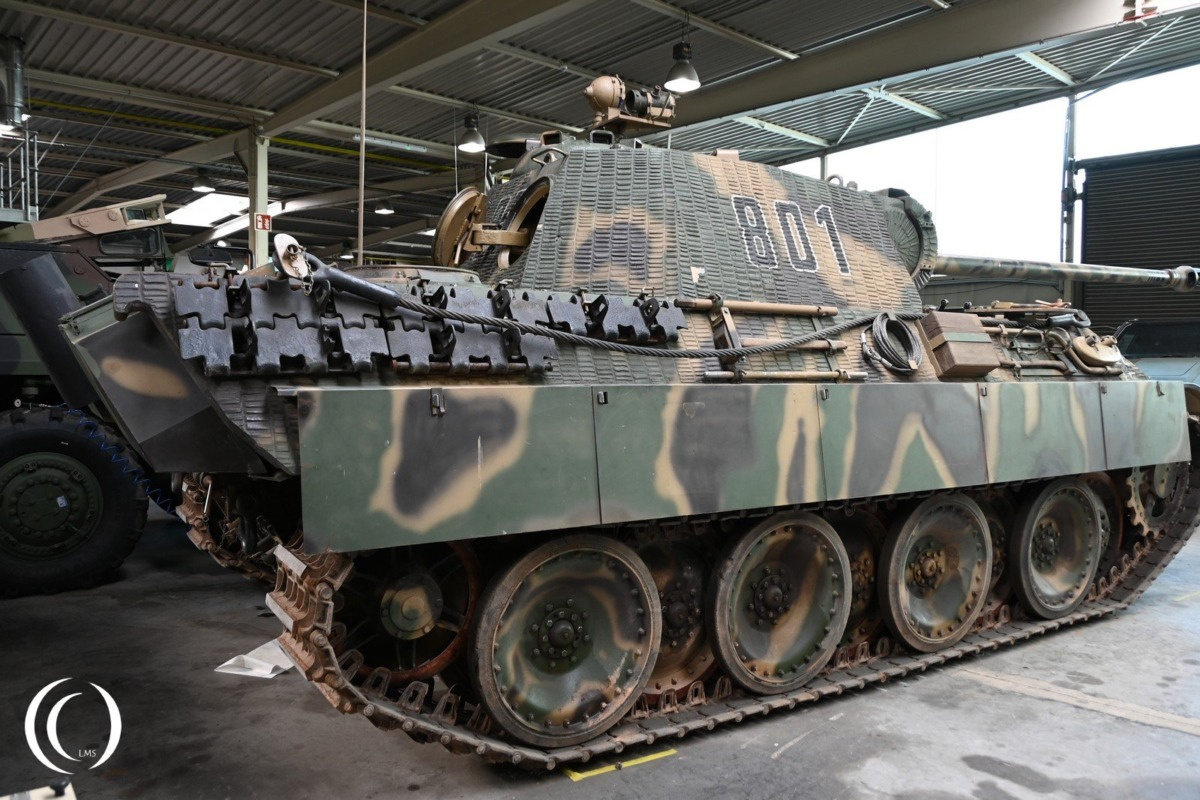
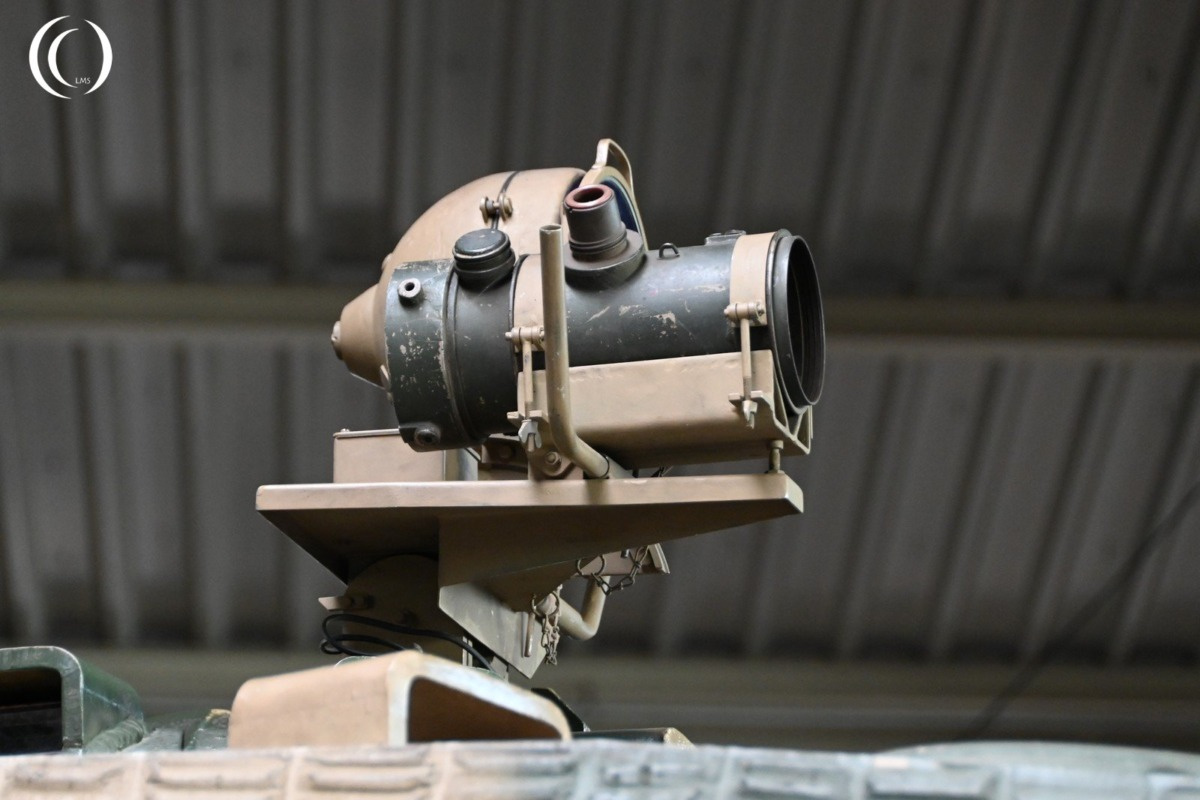
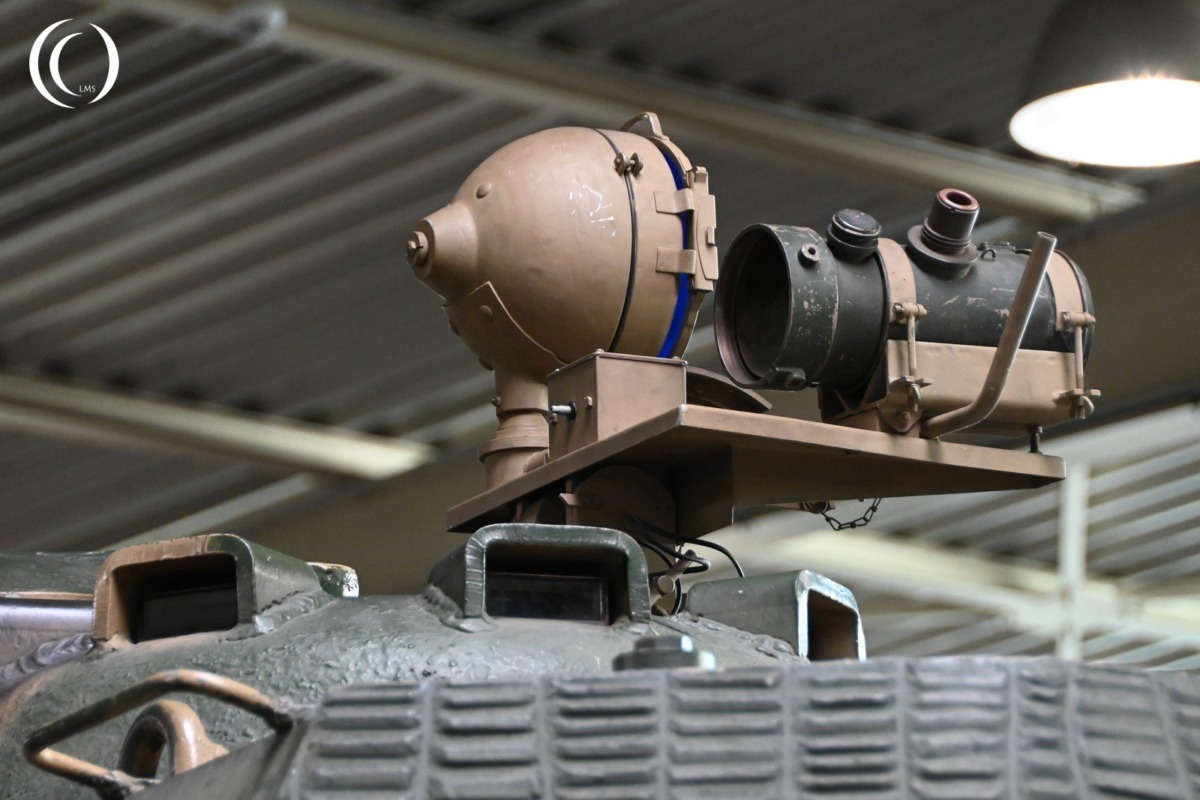
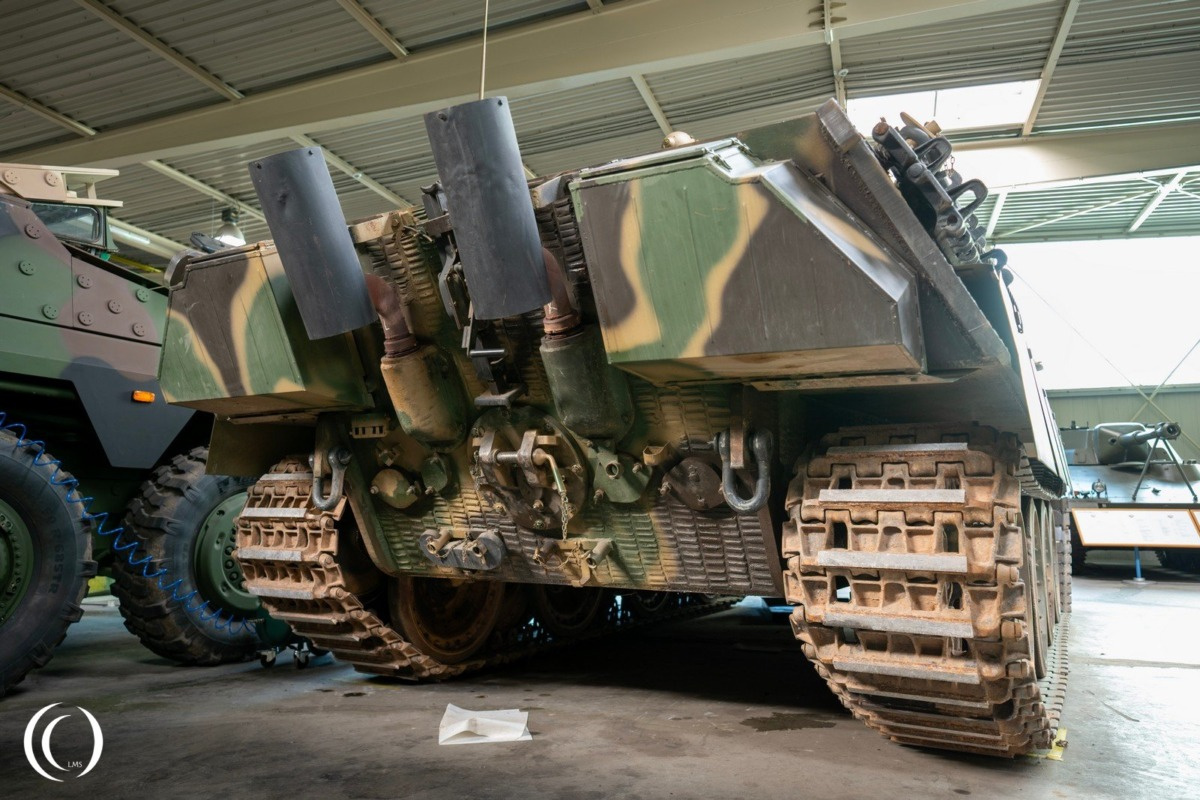
Armament: 7.5 cm KwK 42 L/70 main gun with 79 rounds, highly effective against Allied armor.
Maximum range: 10 km (6.2 mi) indirect, Penetration of an armoured plate 30 degrees from vertical 89 to 106 mm depending on the grenade.
Secondary armament: 2 × 7.92 mm MG 34 machine guns with 5,100 rounds
Armor: Sloped frontal armor increased to 80mm; the late Ausf. G featured thicker side armor and improved turret protection.
Engine: Maybach HL230 P30 V12, offering about 700 horsepower.
Mobility: Good speed and maneuverability for its weight (around 45 tons).
Operational range on road: 260 km (160 mi), cross-country: 100 km (62 mi)
Maximum speed: 46 km/h (29 mph) (later models) – 55 km/h (34 mph) (early models)
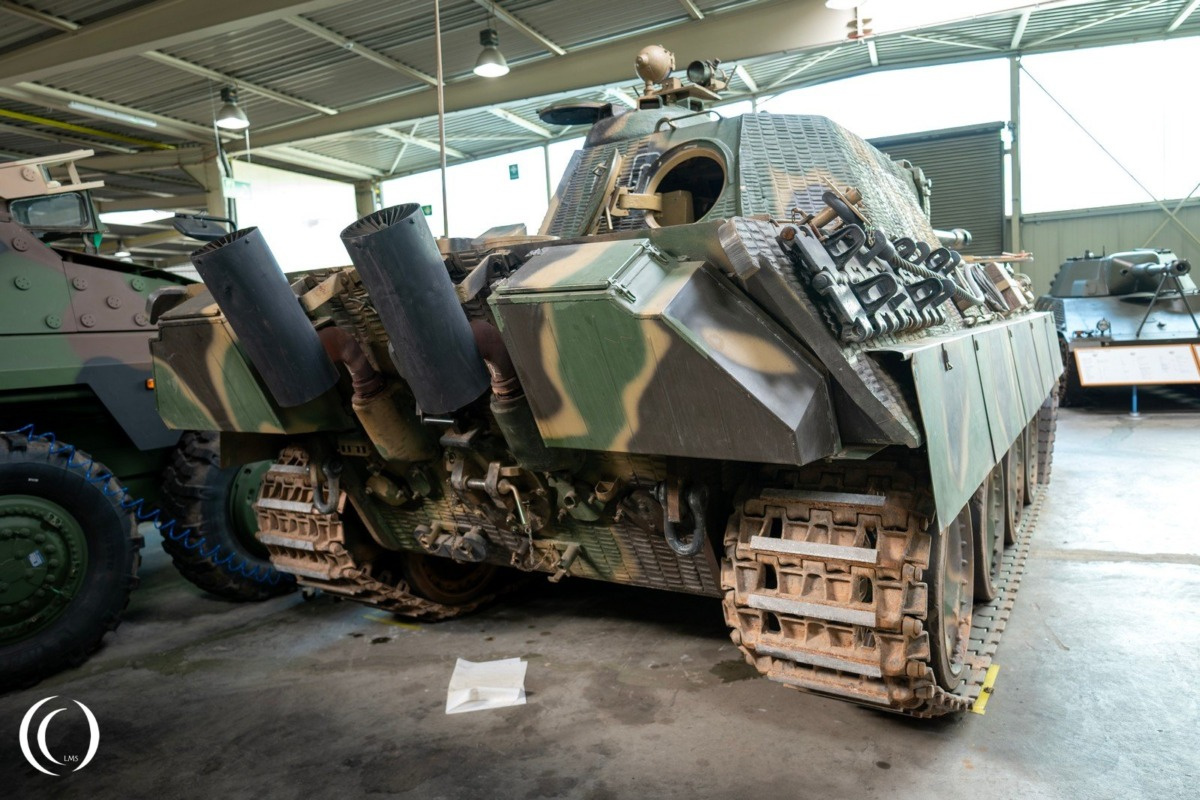
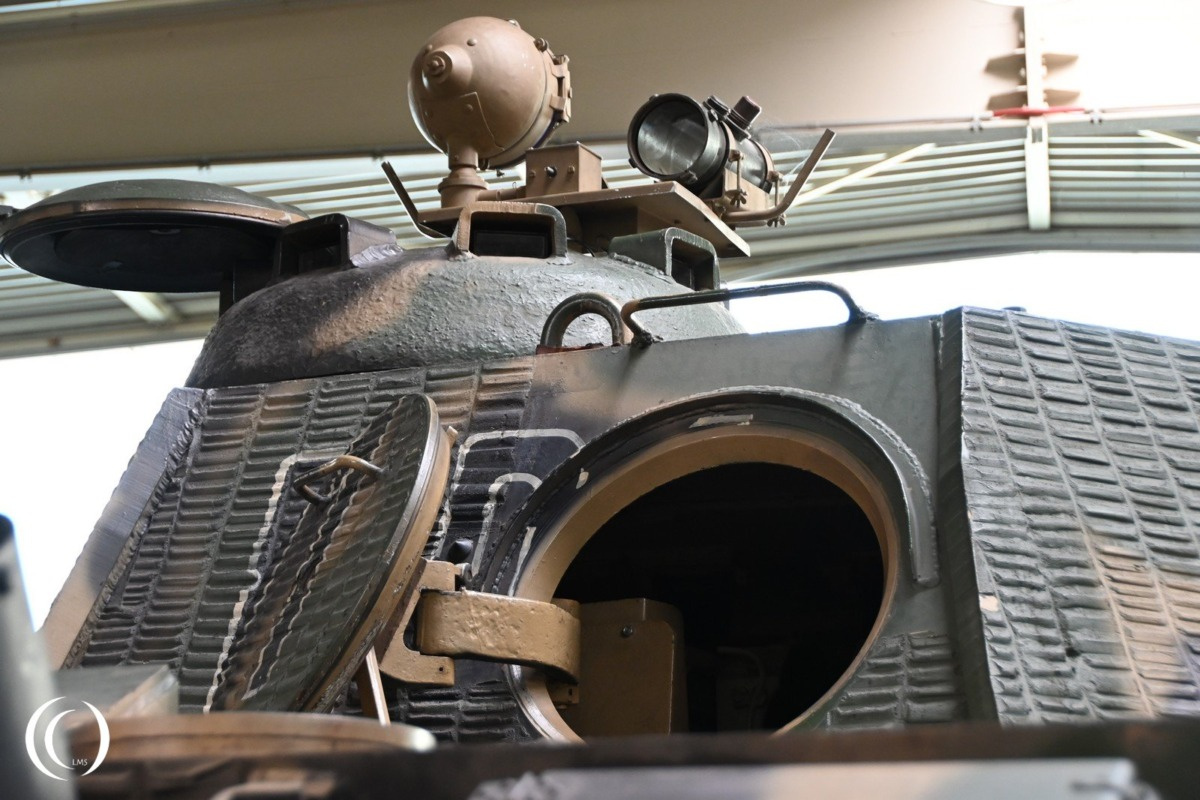
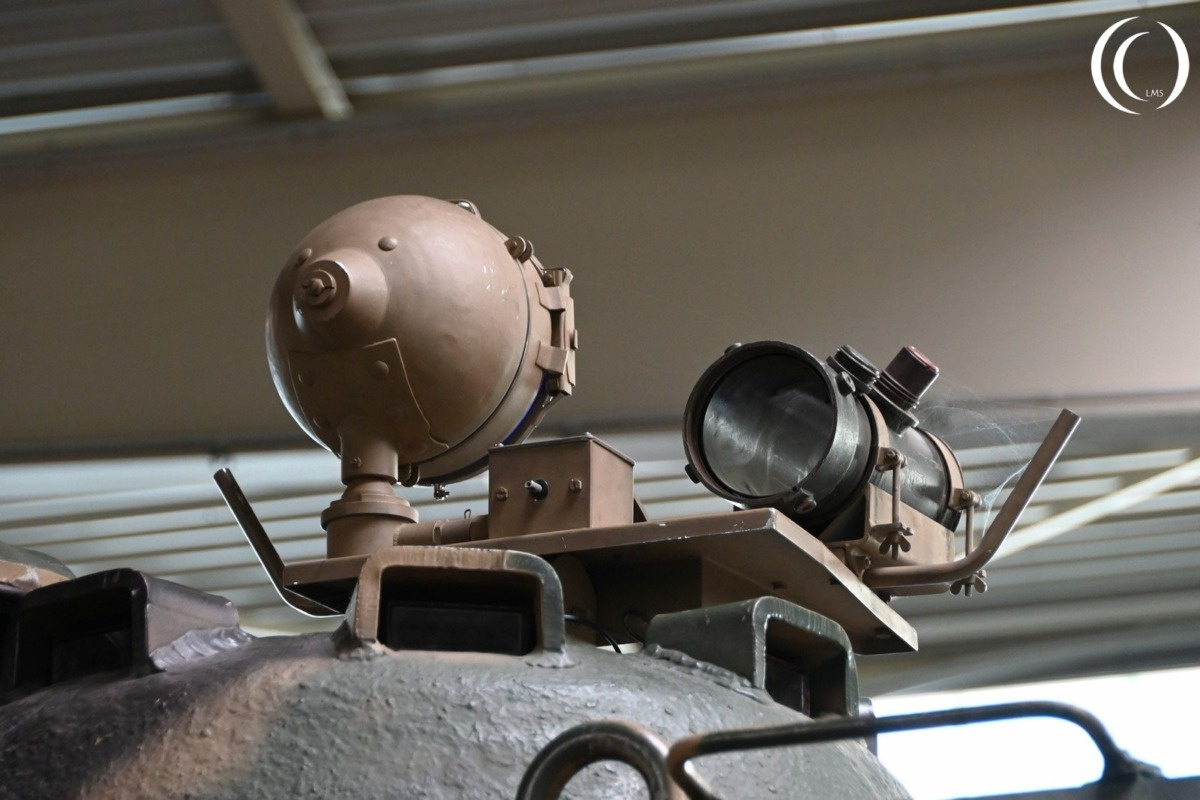
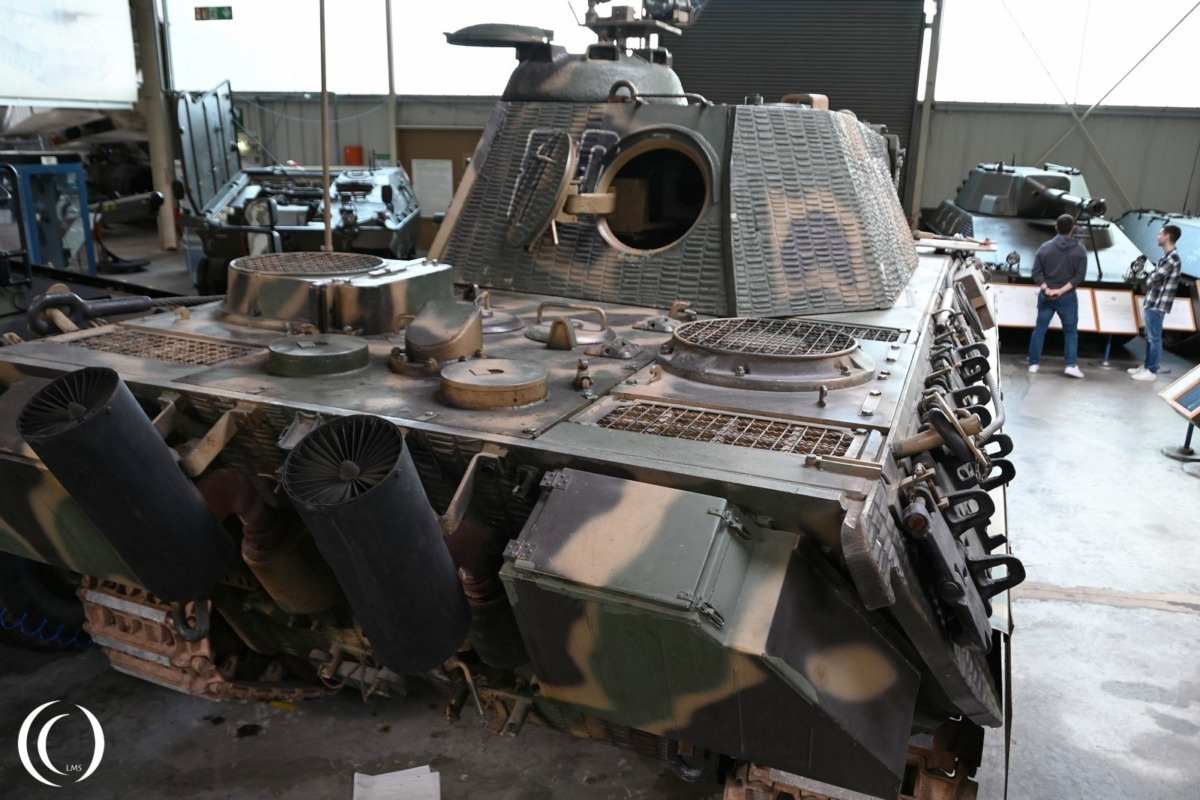
Design Improvements
Redesigned hull with a more efficient layout.
Steel road wheels introduced on later production models.
Infrared vision equipment occasionally installed for night fighting (though limited in deployment).
Better engine cooling and exhaust systems.
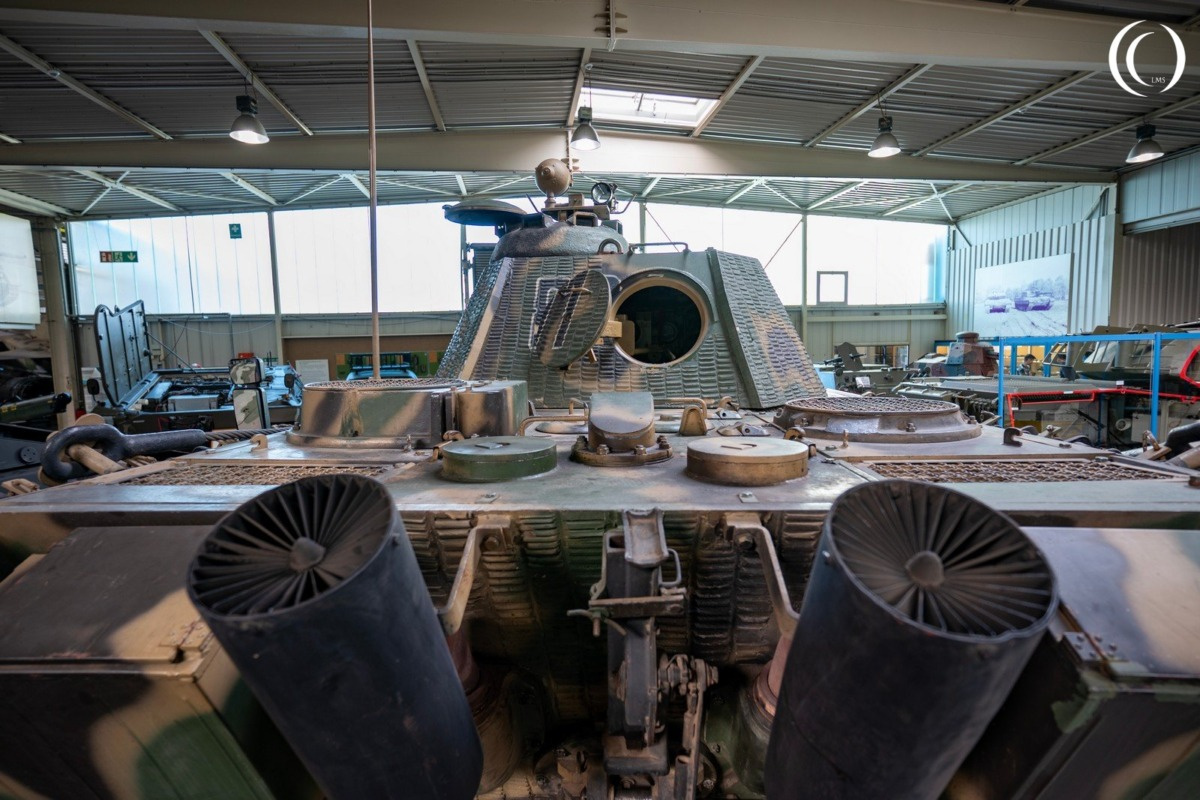
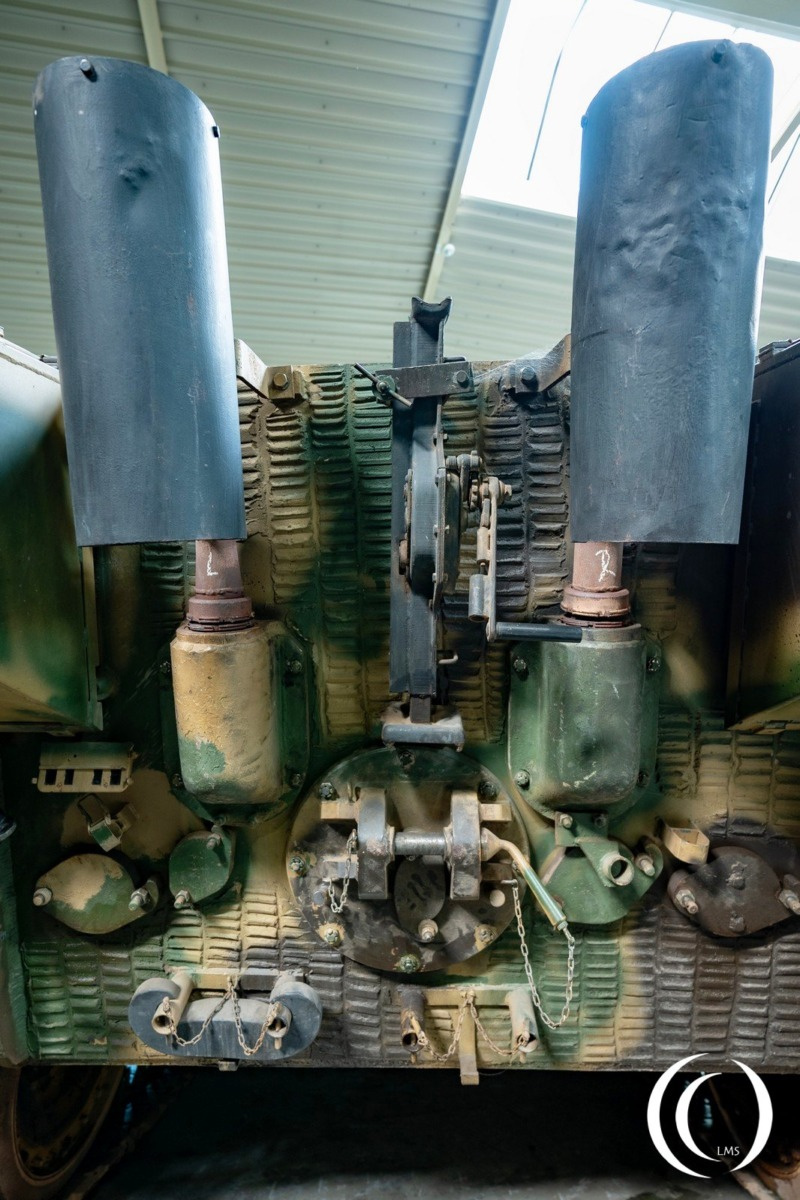
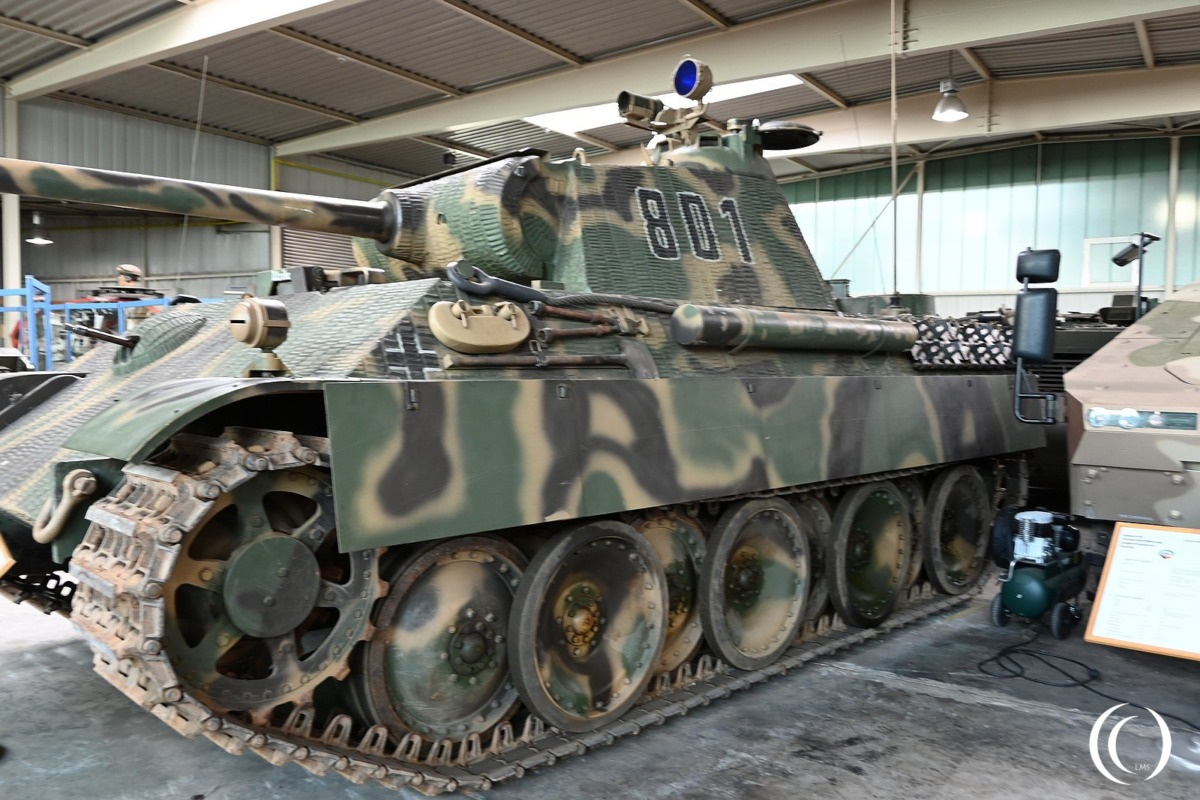
Combat Role
The Panther G was designed to counter the Soviet T-34 and outmatch Allied tanks. It saw action on both Eastern and Western Fronts, proving superior in firepower and armor to most opponents, but often hindered by production delays and fuel shortages.
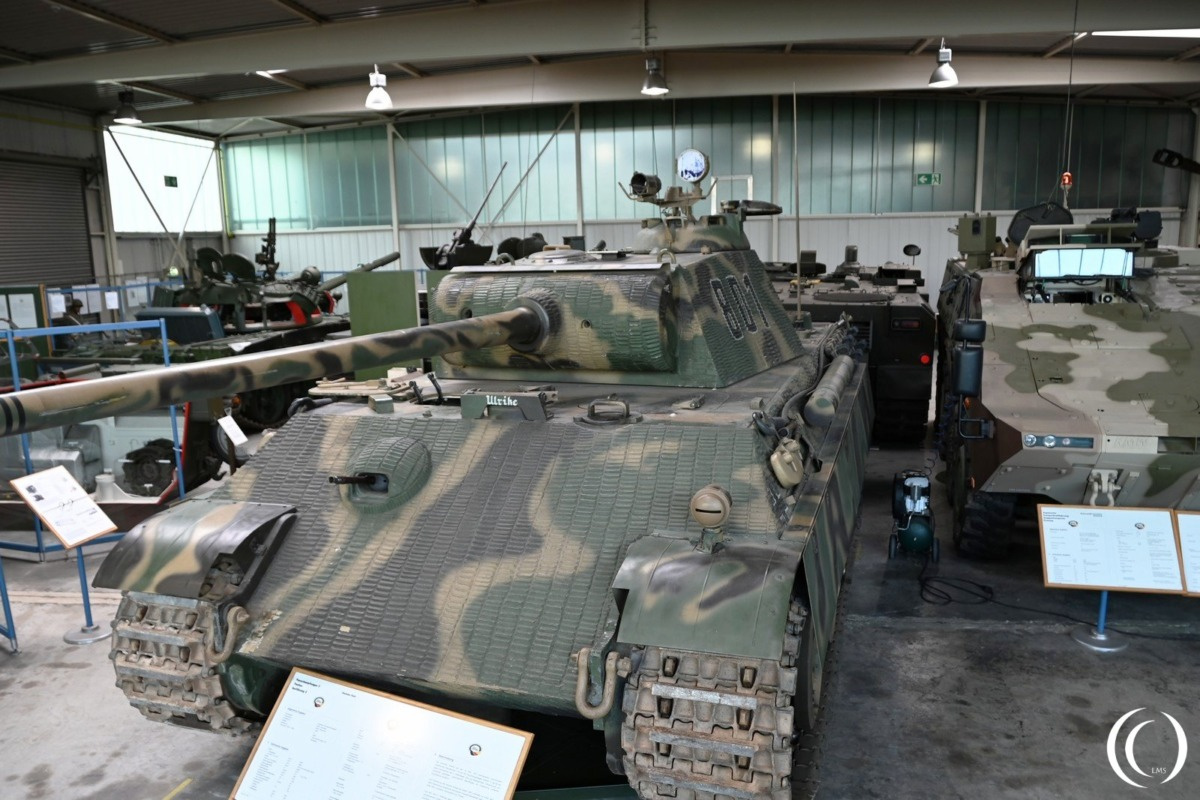
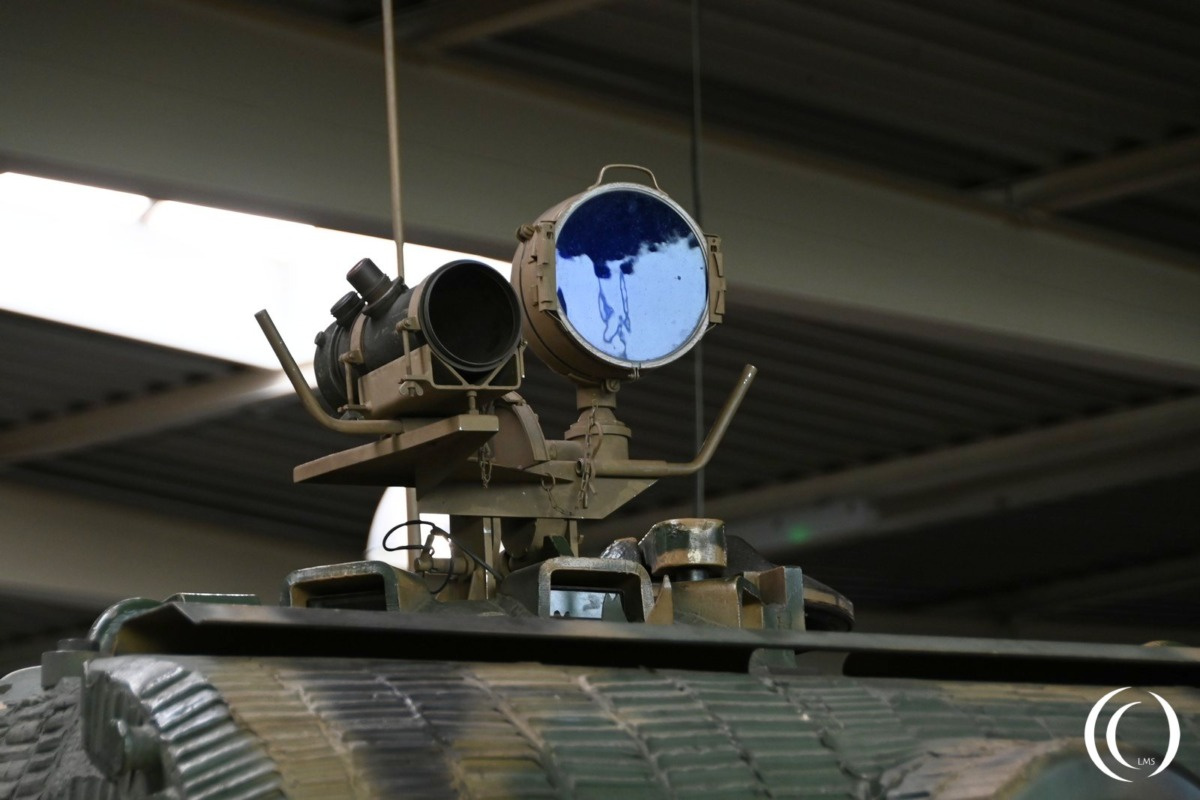
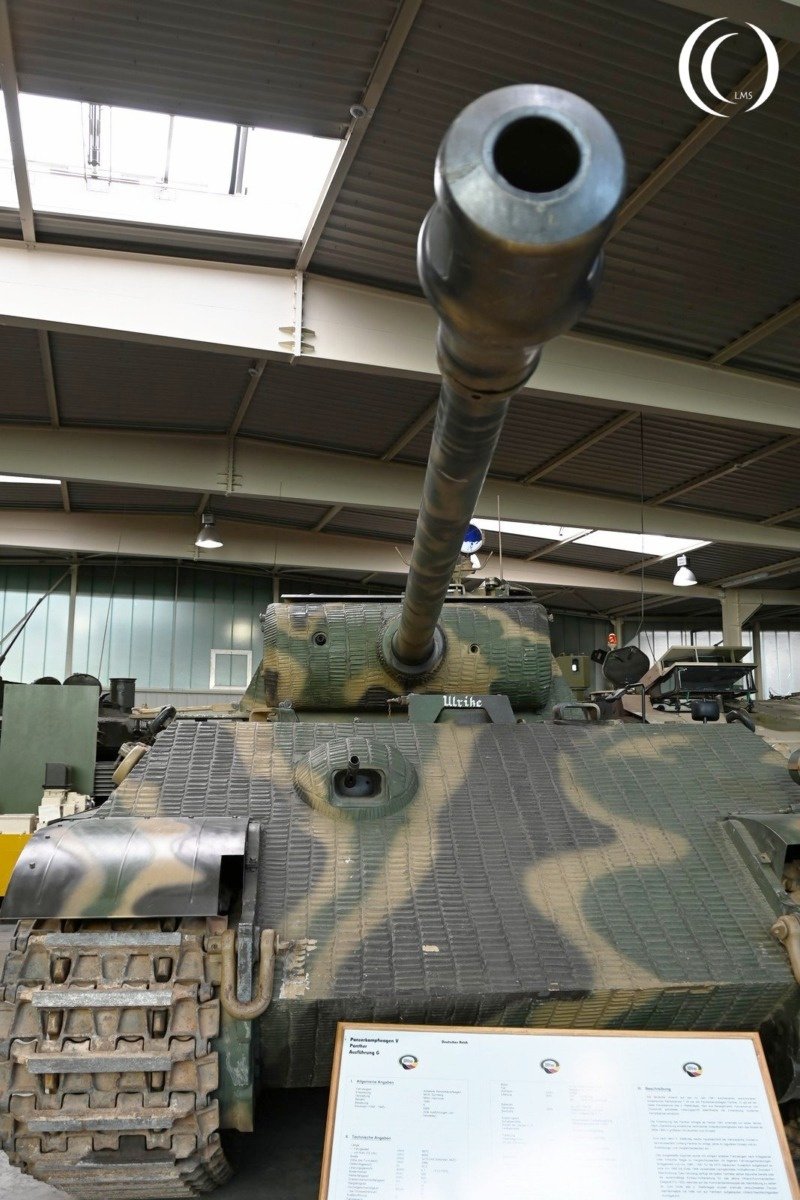
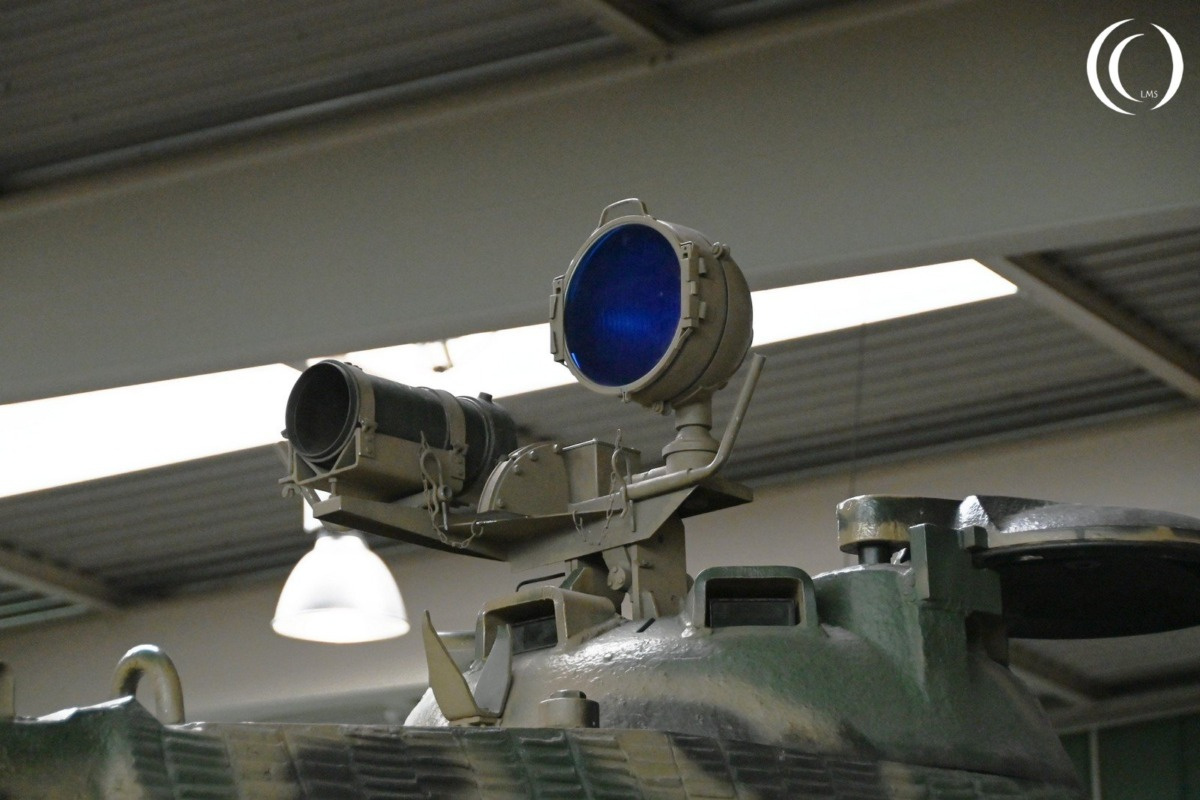
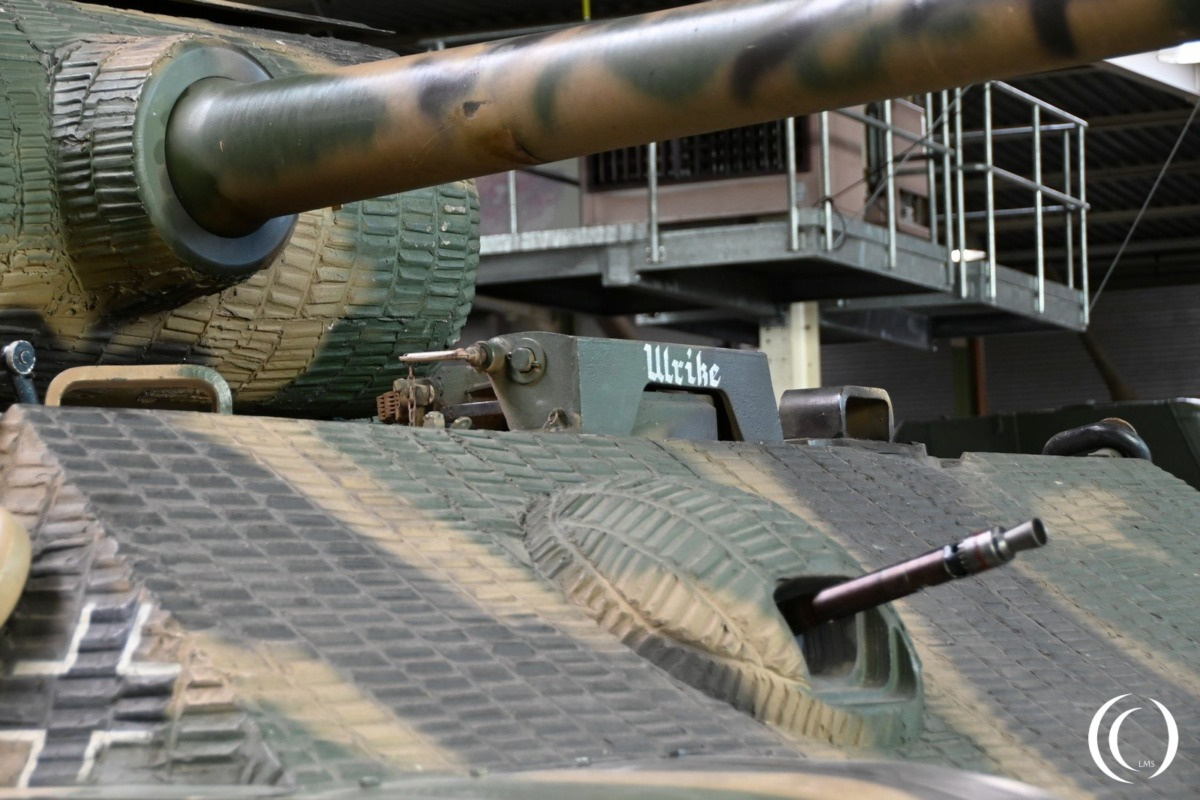
Panther Ausf. G with FG 1250 Infrared System
In late 1944, the German military began equipping some Panther Ausf. G tanks with the FG 1250 (Fahr- und Zielgerät 1250), an active infrared night vision device developed by Carl Zeiss AG. This system allowed the tank to operate effectively in low-light conditions by using an infrared spotlight and image converter. The FG 1250 was mounted on the hull and could be used by the commander for night engagements.
Due to the modifications required to install the FG 1250, these tanks had reduced internal ammunition storage, missing three shells. Additionally, only the commander had access to the infrared system, which limited its effectiveness in combat situations.
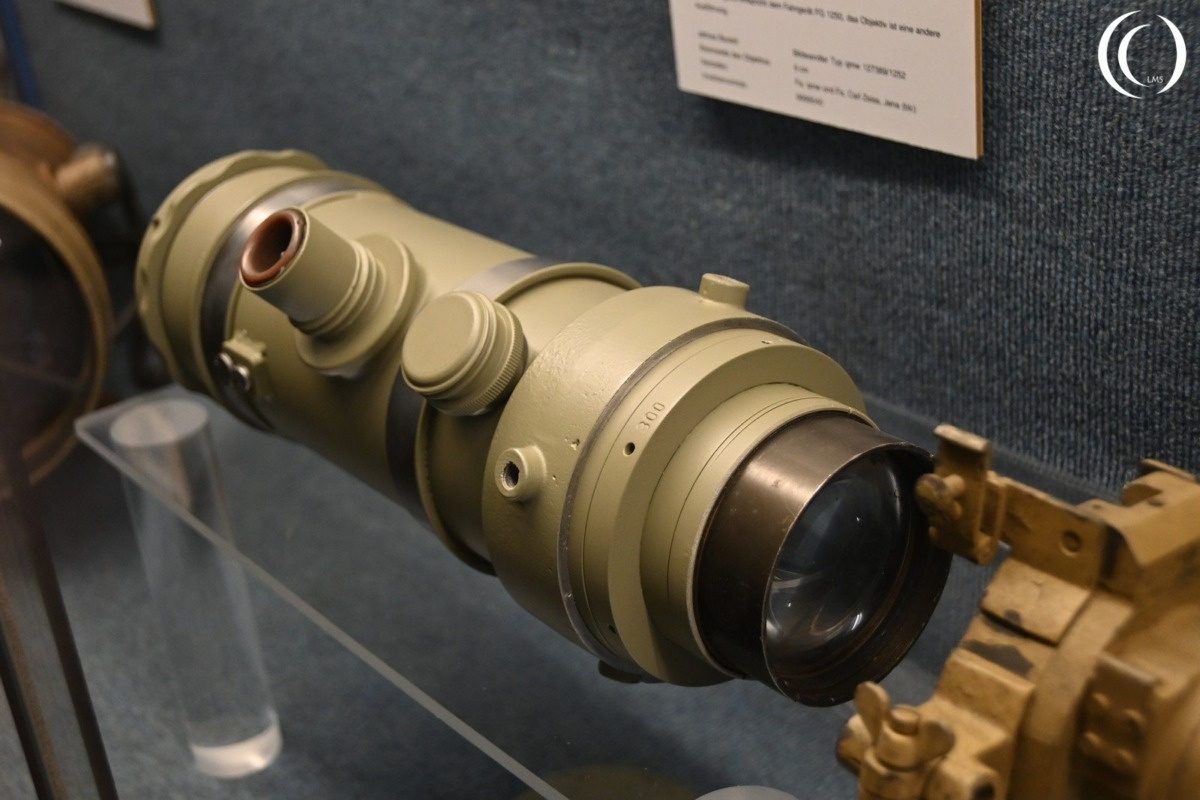
Panther tanks which were built for use of the FG 1250 system had a vehicle identification number ending on a F (not to be confused with a Panther F production).
This specific Panther G was built at the Panther factory under the direction of the British Army REME at the end of the war, just like the Panther in the Tank Museum Bovington, United Kingdom.
Although the Sperber FG 1250 Infrared targeting device on the photos is a reproduction, using original parts, still gives a good example of the original set up during World War Two.